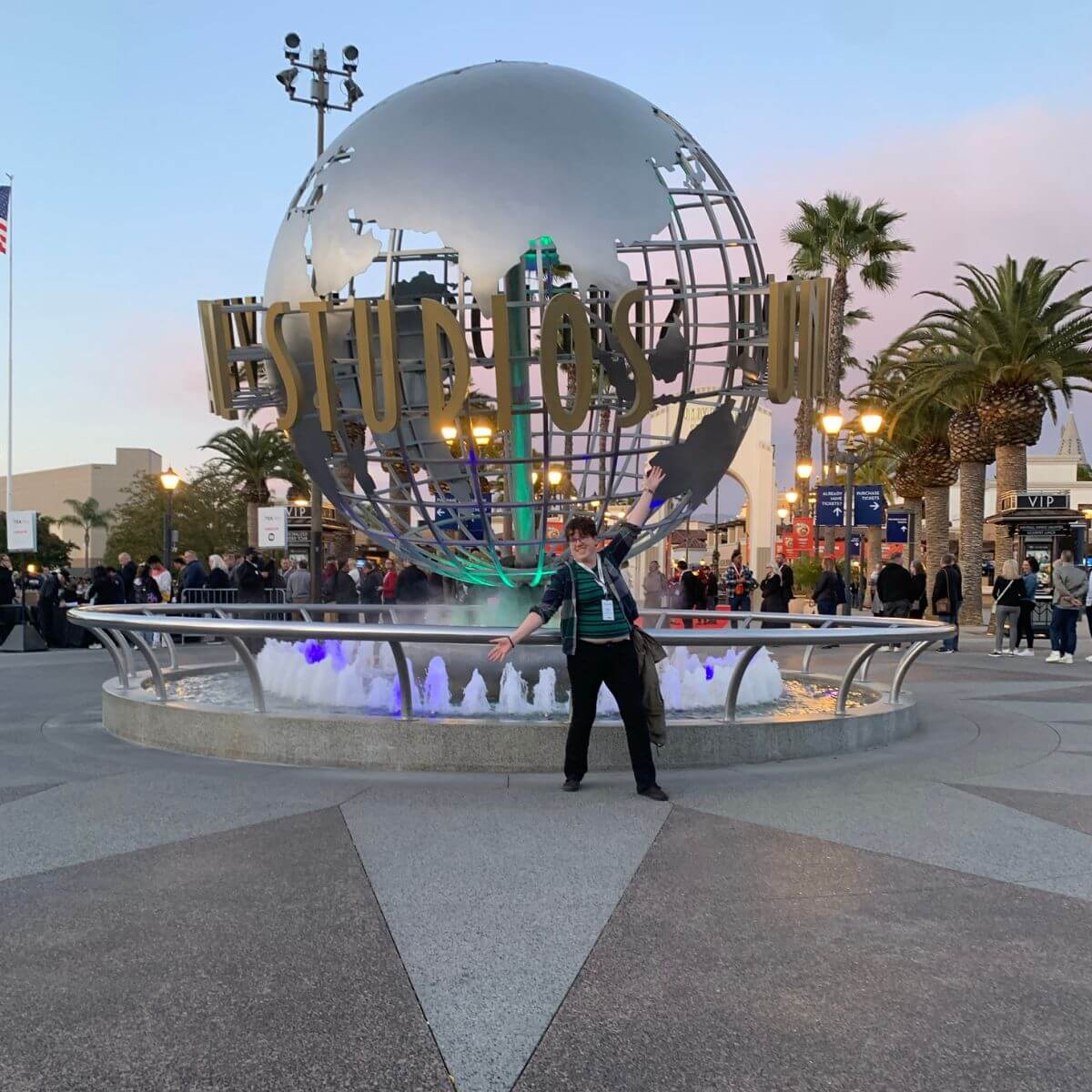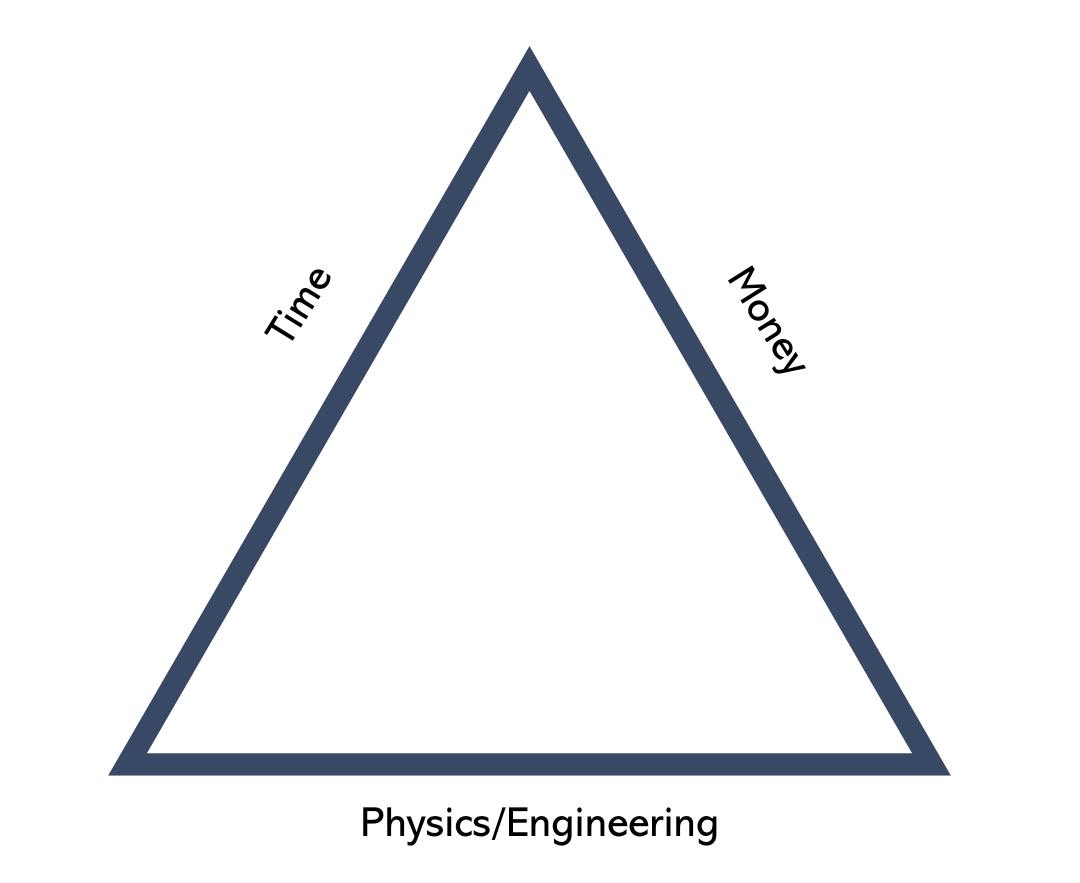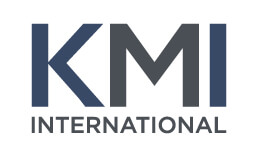
Every Themed Entertainment project carries a story that relays a creative intent. There are many things to consider when making sure that creative intent can be carried out in a way that makes the end users – guests – hunger for these immersive experiences. One thing that must be considered is the budget. If the Owner of the project does not have the capital to move forward with a project, then more issues can arise. Therefore, when budgeting for Themed Entertainment attractions, it’s crucial to ask the right questions to ensure your project stays on track. Here are key considerations to keep in mind:
1. What story are you trying to tell?
The story of themed entertainment attractions is one of the most important aspects of understanding your budget. The story unifies the team creating the attraction with the guests who will be immersed into the world of the story, fulfilling the creative intent of the creator of the story. Once you hone in on your story you can figure out what is needed to make the story come alive in a themed entertainment space.
2. What elements are essential to the story?
Every story is made up of certain elements: plot, tone, theme, setting, conflict, characters, and point of view. Which of these elements are most important to your story? These elements should not be changed. Otherwise, you risk losing creative intent. When you lose creative intent, you risk losing and perhaps even upsetting your audience.
3. Who is the intended audience? What do they care about?
Make sure you do market research for the demographics of your intended audience. Is there already an existing fandom for the story you are telling or is this a new story? Know average age, culture, educational level, and what income bracket they are in. Also consider if there is an existing fandom what lingo is used and what details about the world the story exists in matters to fans. This can also let you know what you don’t need to include. If your audience isn’t going to notice it, then you might not need to include it, allowing you to save on budget.
4. Are there different ways of portraying certain story beats?
Sometimes, we need to get creative to keep a project on or under budget. There are three elements involved in every themed entertainment challenge: time, money, and physics/engineering. If you are experiencing a challenge with one of these elements, you need the other two to help solve the challenge. Running low on money? With time and engineering you might be able to come up with solutions to your challenge while saving money on the project.

The three key elements of every project challenge are time, money, and physics or engineering. You need two of these elements to be able to solve the third.
Different engineering solutions can be used to portray different elements. Sometimes you can use simple theater effects instead of high-technology solutions to portray the same effect, saving money in the long run and allowing for a higher Return on Investment.
5. What are the hidden/secondary costs?
There are hidden costs that original creators might not know come with every themed entertainment attraction.
- Inflation: If your themed entertainment project is going to take years to construct, prices of labor and material will likely go up over time.
- Consumables: Items such as film, smoke liquid, scents, gas, water, accessories such as 3D glasses, etc. need to be considered because they have costs that can add up fast. Make sure you have enough stored, so you don’t run out.
- Operations: Amount of people to run the attraction, maintain the attraction, and security for the attraction are all important to make sure the attraction can function to the best of its ability to keep guests safe and satisfied. There are OSHA and Human Resources requirements to consider when adding additional staff that will add cost.
- Facility Changes: With ever-evolving technology, every themed entertainment project will encounter facility changes. Consider what kind of plumbing, electrical, and gas lines may be needed as well as additional structural support. It costs more to make changes later than to include the facilities in initial plans.
- Changes to Support Value Engineering: Make sure to include a contingency to cover unexpected costs. This could be anywhere from 5-30% depending on design certainty.
6. Can changes be made while maintaining safety and structural integrity?
People – both workers and guests – need to stay safe throughout the entire building process and as they experience the attraction.
Before construction begins, recognize if the site is active. If the site will be active, consider what portions of the existing attraction(s) may need to be blocked off from guests during construction. Consider ways you could include the story of the attraction from the blocked off space. This will be a natural way to promote the attraction to those visiting and help make a potentially unsightly cover more aesthetically appealing. Also consider if there are any hazardous materials guests could encounter in the attraction. They must be stored in a safe manner. If this is not possible, these materials should be removed.
For workers, ensure that you are up to date on the latest OSHA guidelines or have someone on your team who thoroughly understands these guidelines.
Safety is a priority above everything, even story. It is not worth risking the safety of workers and guests, no matter what.
7. Do any proposed changes make sense financially?
Due to secondary costs, costs in design, and Research and Development, value engineered changes might not actually save money. The process it takes to make each individual change needs to be considered before moving forward with the change.
If you are behind schedule, it will cost more to push the project along as you make more and more changes.
8. Does the attraction still make sense?
After considering all these aspects, does the attraction still make sense? It needs to continue to align with the core story that you agreed upon and it needs to make sense to your guests.
By addressing these questions, you can create and follow a budget that aligns with your creative vision and exceeds the expectations of your audience, as they are immersed in the world of your story.
